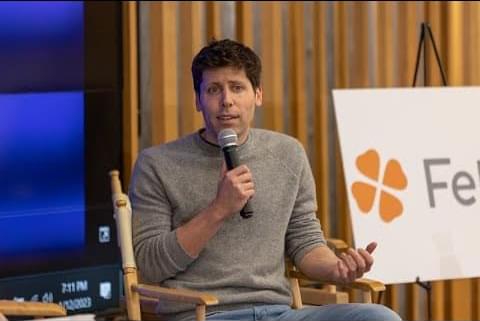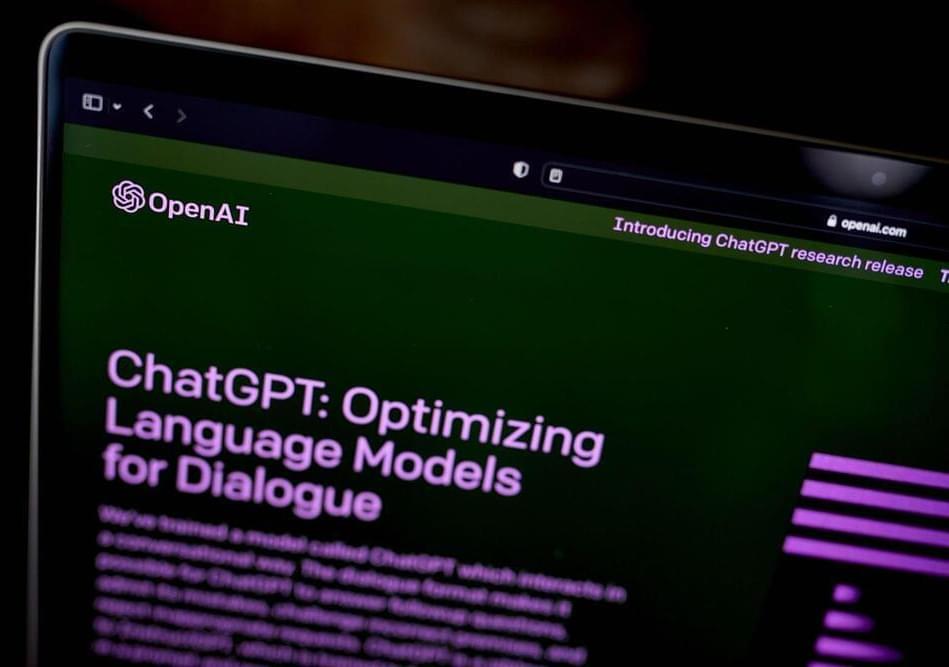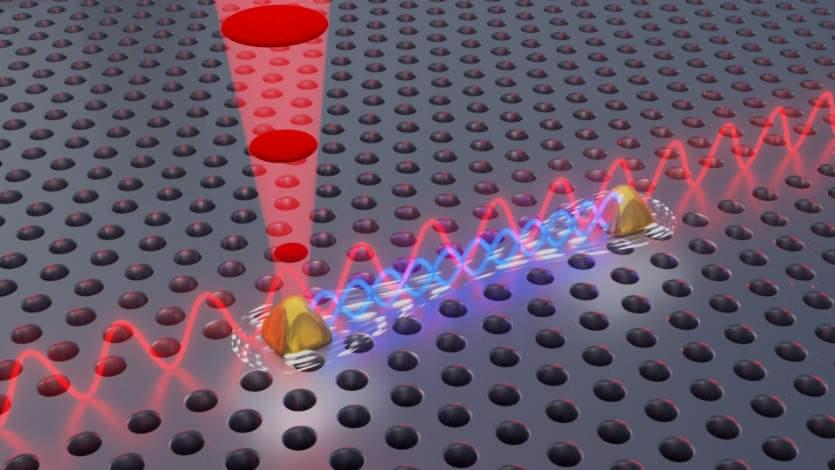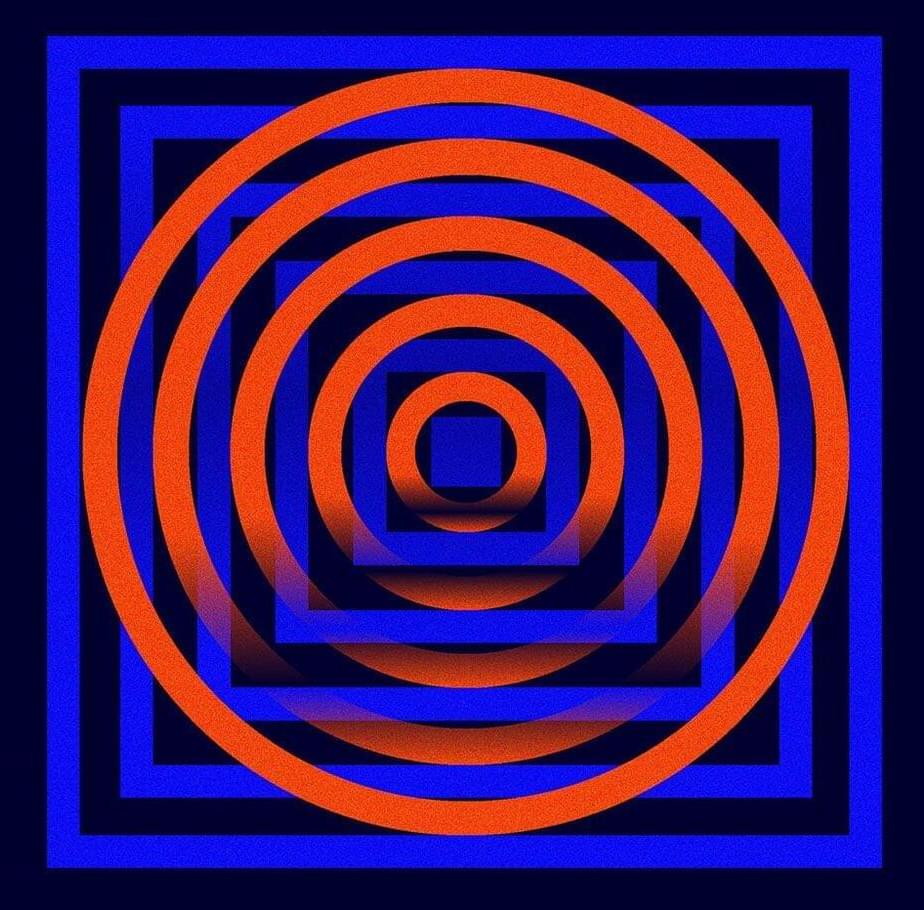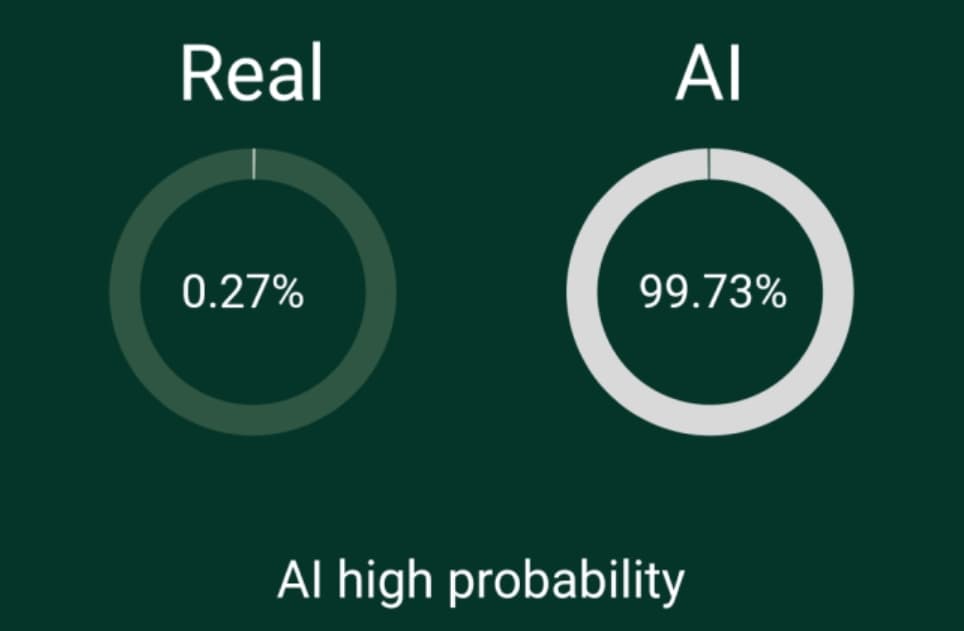Feb 1, 2023
StrictlyVC in conversation with Sam Altman, part one
Posted by Saúl Morales Rodriguéz in categories: biotech/medical, nuclear energy, robotics/AI
At our StrictlyVC event a few nights ago, Altman was generous with his time, spending an hour with those gathered to talk about the latest at OpenAI (the hottest startup in the world at the moment), as well as answering questions about how his other investments fit into larger themes that he expects to play out — and in the not-distant future.
This is part one of that interview, focused on Altman’s investments, including in Helion Energy, a nuclear fusion company that Altman described at the event as “the other thing beside OpenAI that I spend a lot of time on.” We also talked Twitter, supersonic jets, making babies out of skin cells, and why he’s “not super interested” in crypto.
Continue reading “StrictlyVC in conversation with Sam Altman, part one” »
